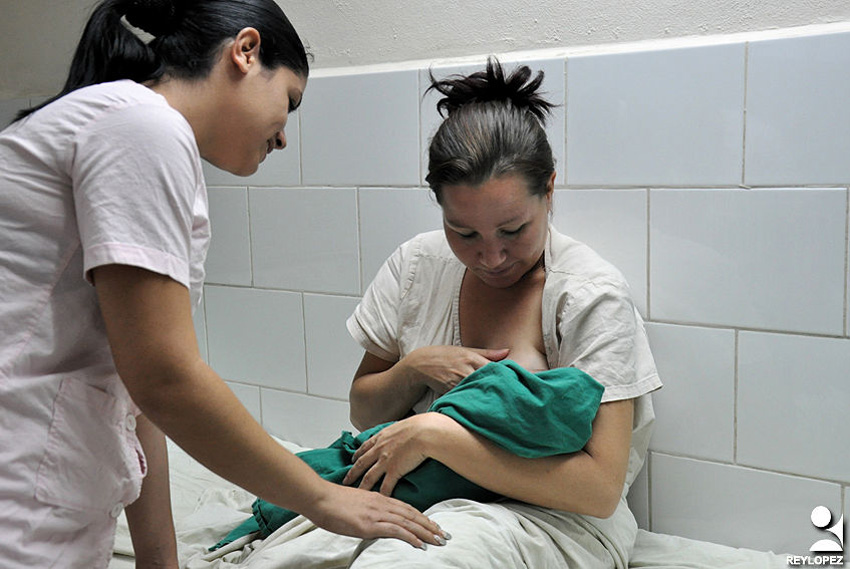
The province recorded an infant mortality rate of 4.7 per thousand live births in children under 1-year-old, below the national index; being the main causes of death congenital malformations, extremely low weight and preterm births.
Las Tunas, Cuba.- According to Dr. Osmara López Borrero, head of the Maternal and Child Section, it was a calendar of intense work at all levels of care, with the leadership of the Provincial Health Directorate. "In this 2020 we will add new actions to transform problems that are identified, but not yet resolved."
She comments that the Maternal and Child Care Program (PAMI) directs the strategies towards the control of preconception reproductive risk, both in women and men so that they reach pregnancy in optimal health conditions. It is also the way to focus on adolescent girls, whose fertility rate is among the highest in Cuba.
“21 percent of pregnant women are under 19 years old. Pregnancy in these stages of life brings repercussions not only from the personal point of view but also social. It is urgent to consolidate the joint work of sectors such as Education and Health with mass organizations to change that reality,” she says.
Among the most worrying issues is the decrease in birth rate because there were only 5,215 births at the stage, about 490 less than in 2018, according to preliminary data.
Specialized attention to infertile couples who wish to conceive reaches 6,923, dispensed from the family's medical offices with follow-up in municipal consultations; in which the study begins and the treatment is oriented. That program allowed 244 births and currently 87 pregnant women wait for their children.
“We have to ensure that a greater number of patients go to the provincial Assisted Reproduction service, in which other alternatives are suggested after a comprehensive evaluation. If required, they are referred to the territorial center at the Vladimir Ilich Lenin hospital in Holguín,” she explains.
Another of the pending issues is the admission of pregnant women who require it in maternity houses, where there are multidisciplinary teams for comprehensive and differentiated patient care. However, there is a low perception of risk by not complying with medical indications. "We need the participation of the family during pregnancy and support for the criteria for admission to these institutions."
New high-tech studies that allow early diagnosis of hypertension in pregnancy, delayed intrauterine growth of the fetus and preterm birth, as well as early diagnosis of some malformations, were incorporated into prenatal care.
No less important was the exchange with the Ministry of Public Health for the analysis of the morbidity of children, pregnant and puerperal women, in order to adopt the corresponding therapeutic measures and assurances in each case.
The loss of an infant or the mother is always painful; avoiding them is the continuous challenge of those who work at PAMI. A good reason to renew the commitments and focus on the problems involved in the happy termination of a pregnancy. It is an always perfectible work that requires the participation of the whole society.






